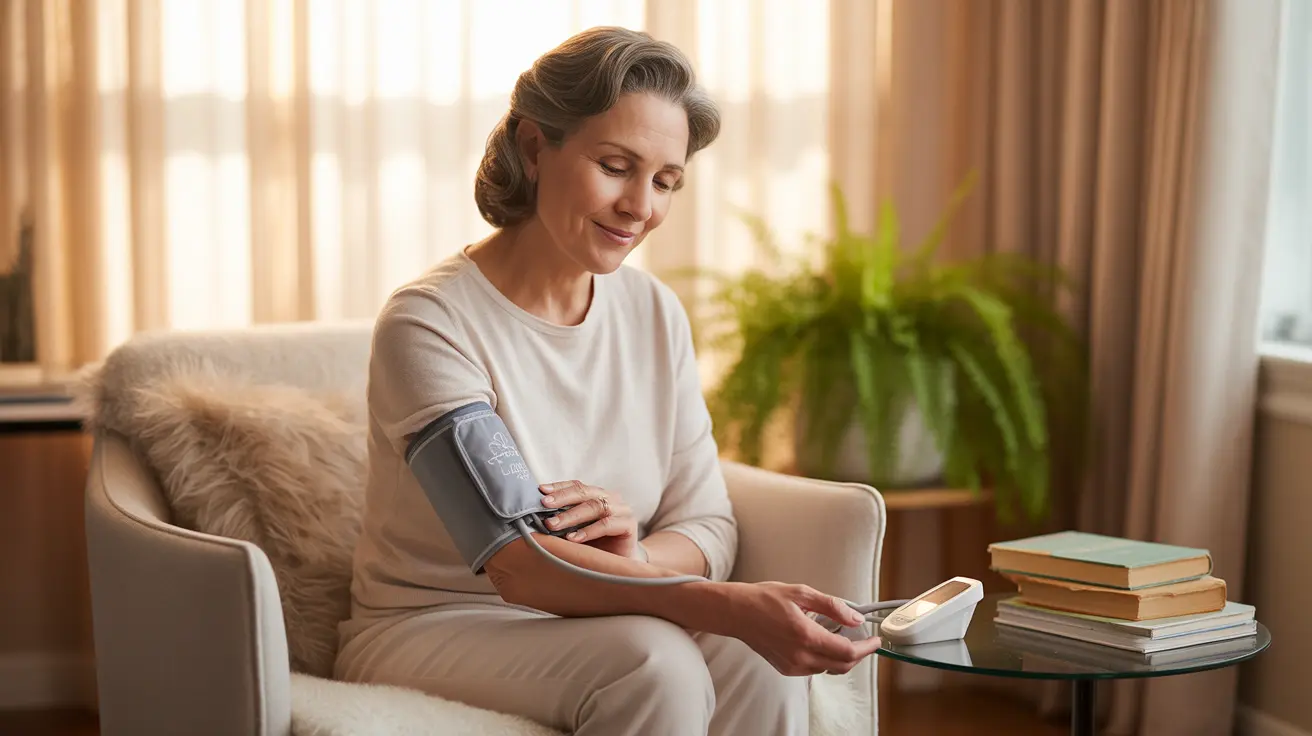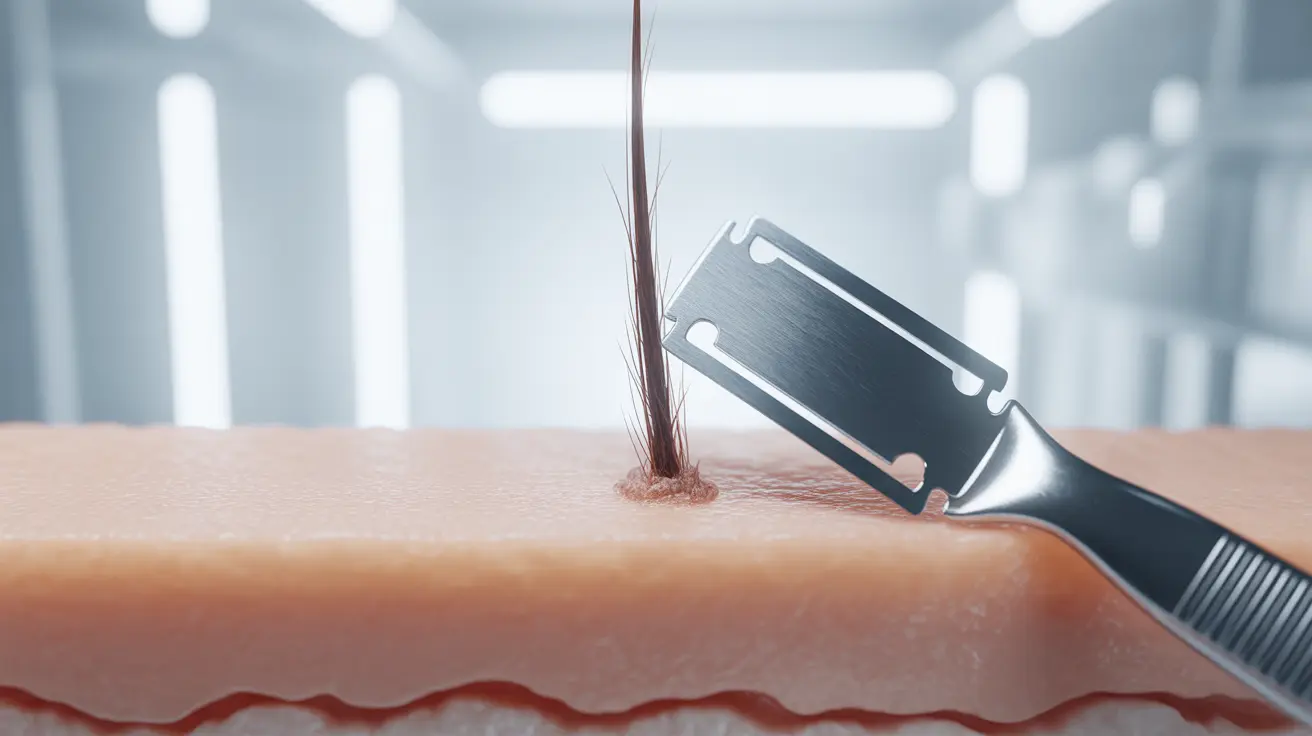Finding a red spot on your breast that looks like a bug bite can be concerning. While many such spots turn out to be harmless dermatofibromas, it's essential to understand their characteristics and know when medical evaluation is necessary. This comprehensive guide will help you identify dermatofibromas and distinguish them from more serious conditions.
What Is a Dermatofibroma?
A dermatofibroma is a common, benign skin growth that can appear anywhere on the body, including the breast. These growths typically develop as firm, raised bumps that may be reddish, brown, or pink in color. While their exact cause isn't fully understood, they often appear after minor skin trauma or insect bites.
Identifying Characteristics of Breast Dermatofibromas
When a dermatofibroma appears as a red spot on the breast, it typically has several distinguishing features:
- Round or oval-shaped bump
- Firm to the touch
- Size ranging from 3-10 millimeters
- May darken over time
- Usually painless, but can be tender
- Dimples when pressed from the sides
Common Locations and Appearance
While dermatofibromas can appear anywhere on the breast, they're most commonly found on the outer areas. The initial appearance often resembles a bug bite, starting as a red spot that may become more pronounced over time. The color can vary from person to person and may change as the growth matures.
Distinguishing from Other Breast Conditions
It's crucial to differentiate dermatofibromas from other breast conditions. While dermatofibromas are typically harmless, some key differences can help identify more serious concerns:
Signs That Warrant Medical Attention
- Rapid growth or change in size
- Irregular borders
- Bleeding or ulceration
- Multiple new growths appearing suddenly
- Associated breast changes or symptoms
Treatment and Management Options
Most dermatofibromas don't require treatment unless they cause discomfort or cosmetic concerns. When treatment is desired, options include:
- Surgical excision
- Cryotherapy (freezing)
- Laser treatment
- Steroid injections
Frequently Asked Questions
What does a dermatofibroma look like when it appears as a red spot on the breast?
A dermatofibroma typically appears as a firm, raised bump that's red, pink, or brown in color. It's usually round or oval-shaped, measures 3-10mm in diameter, and creates a characteristic dimple when pressed from the sides.
How can I tell if a red bump on my breast is a harmless dermatofibroma or something more serious like breast cancer?
Dermatofibromas are typically firm, well-defined, and stable in size. Unlike cancerous growths, they don't rapidly change shape or size, don't cause skin changes in the surrounding area, and create a dimple when pressed. However, any new breast growth should be evaluated by a healthcare provider for proper diagnosis.
What causes dermatofibromas and are they dangerous or contagious?
Dermatofibromas often develop following minor skin trauma or insect bites, though the exact cause isn't always clear. They are neither dangerous nor contagious, and they don't spread to other parts of the body or other people.
When should I see a doctor about a red spot on my breast that looks like a bug bite?
Seek medical evaluation if the spot is growing rapidly, changing in appearance, bleeding, causing significant pain, or if you notice other breast changes. It's always better to have new breast growths professionally evaluated for peace of mind.
What are the treatment options for a dermatofibroma if it is itchy, painful, or cosmetically concerning?
Treatment options include surgical removal, cryotherapy (freezing), laser treatment, or steroid injections. The choice of treatment depends on the size, location, symptoms, and your personal preferences. Many dermatofibromas can be safely left untreated if they're not causing problems.




